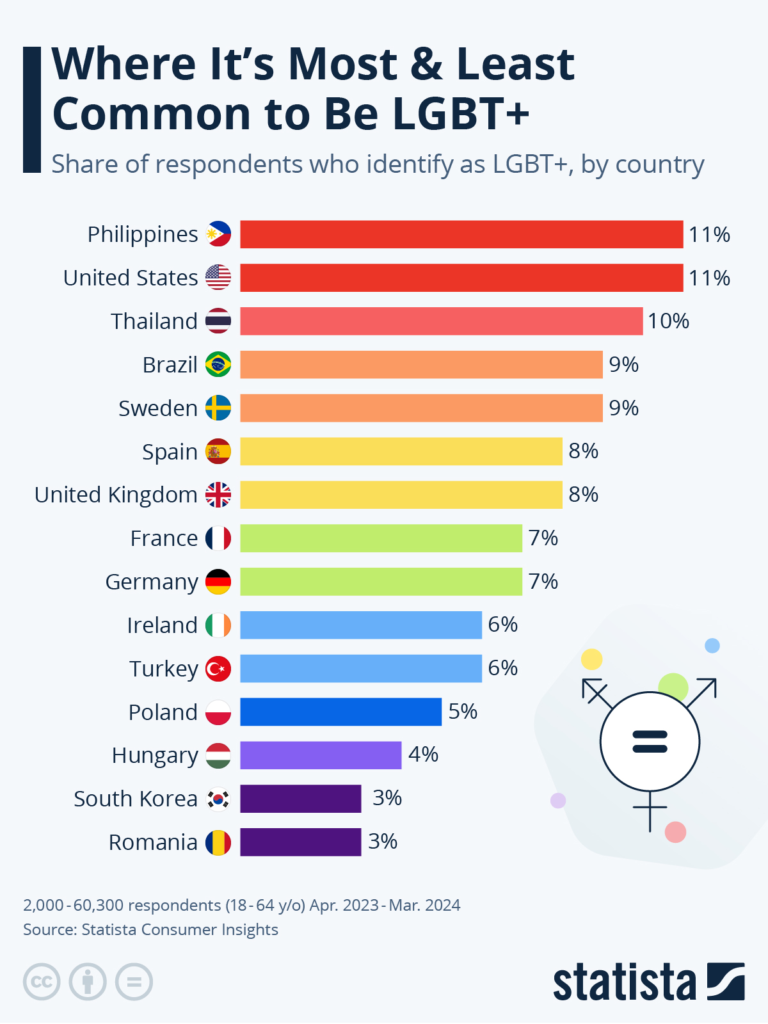In an era that celebrates diversity and inclusion, the notion of a “gay hookup map” offers an intriguing glimpse into the social dynamics of the LGBTQ+ community worldwide. Understanding where and how people connect, particularly in the context of transient interactions or romantic connections, can uncover the fascinating ways in which culture and queer identities intersect.
Navigating the Modern Hookup Culture
Before diving into the intriguing specifics, it’s vital to understand the broader context of hookup culture. In the digital age, dating apps have redefined how people connect, shifting from bars and clubs to smartphones and swipes. For the LGBTQ+ community, these apps have served as a lifeline, providing safe spaces to connect, share, and explore identities away from societal judgment.
The driving forces behind the hookup culture in queer communities are as varied as the communities themselves. In some places, discreet encounters may be necessary due to social and legal constraints. In others, open and celebrated experiences reflect broader cultural acceptance.
Mapping the Global Queer Experience
The infographic included here showcases fascinating data on where it might be most common for individuals to identify as LGBT+, giving vital insights into cultural openness and participation in gay hookup culture.

The Philippines and United States: Leading with Pride
Topping the list, the Philippines and the United States both show 11% of respondents identifying as LGBT+. In the Philippines, a deeply Catholic yet culturally diverse nation, LGBTQ+ identities are gaining visibility, and these connections often merge vibrant local traditions with contemporary expressions of love and desire.
In the U.S., the picture is more about diversity and acceptance on a massive scale. Cities like San Francisco, New York, and Los Angeles serve as iconic hubs for queer culture, offering myriad opportunities for meaningful LGBTQ+ interactions, from casual hookups to revolutionary activism.
Thailand: An Embrace of LGBTQ+ Identities
Thailand follows closely with 10%. Known for its “kathoey” culture (often referred to as the third gender), Thailand’s embrace of LGBTQ+ identities reflects its long-standing cultural acceptance. This acceptance naturally extends to its hookup culture, which thrives in lively urban areas like Bangkok and Pattaya.
Exploring Europe’s Diverse Spectrum
In Europe, Brazil and Sweden both score 9%, while Spain and the UK stand at 8%. These countries host spirited LGBTQ+ scenes, with thriving communities that blend historical richness with modern exuberance. Spain and the UK, for instance, are famous for their inclusive parades and festivals, signaling to locals and tourists alike that vibrant connections are celebrated.
In contrast, France and Germany, each with 7%, reveal intricate tableaux of acceptance built on intellectual and artistic legacy, mixed with evolving social norms.
Ireland and Turkey: A Tale of Transformation
At 6%, Ireland and Turkey encapsulate profound social transformations. Ireland, known for its robust advocacy and legal reforms like same-sex marriage, presents an evolving scene where historical Catholic conservatism meets modern liberalism.
Turkey, meanwhile, embodies a complex narrative of LGBTQ+ existence under an intricate socio-political landscape, where clandestine hookups serve as both personal liberation and subtle defiance.
Poland, Hungary, and Beyond: Navigating Challenges
Poland and Hungary show lower percentages, reflecting ongoing challenges within these societies. Yet, within adversity lies vibrant resistance, with underground culture providing spaces for LGBTQ+ folks to connect, love, and express their identities safely.
Cultural Impact on Gay Hookup Dynamics
The percentage of people identifying as LGBT+ isn’t just a number; it’s a snapshot of cultural attitudes, legal structures, and community resilience. From the bustling streets of Manila to the quiet corners of Budapest, these numbers tell unique stories.
The Role of Technology
Dating apps have played a transformative role, providing safe havens for queer connections. Apps like Grindr, HER, and others adapt to local cultures, effectively mapping out opportunities for presence and interaction, leading to flourishing subcultures within larger urban centers.
Legal and Social Environments
The legality of same-sex relationships and public perception plays a crucial role. Regions with progressive laws and social acceptance generally boast more vibrant and visible gay hookup cultures. Meanwhile, regions facing legal or societal challenges often find creative and resilient ways to maintain connections, often underscored by activism.
The Human Element: Beyond Numbers and Hookups
Ultimately, the journey across the gay hookup map isn’t just about connections — it’s about understanding the essence of identity, love, and community resilience. Every interaction, whether fleeting or enduring, contributes to the rich tapestry of LGBTQ+ culture worldwide.
As technology continues to evolve and global dialogues on sexual and gender identity become more inclusive, the map broadens, inviting individuals everywhere to explore, connect, and celebrate.
Conclusion: A Journey of Love and Acceptance
Exploring the gay hookup map is more than a mere academic exercise; it’s an invitation to witness the beautiful diversity of human experience. From countries leading with acceptance to those navigating challenges, the LGBTQ+ community’s resilience, creativity, and zest for life shine brightly.
As society continues to move forward, understanding and celebrating these connections becomes an integral part of building a more inclusive world. Whether through a hookup app or a chance encounter in a foreign city, the spirit of love and connection knows no boundaries.
Whatever the mode, wherever the place, the journey of exploring gay hookup culture becomes a journey of exploring humanity itself—vibrant, diverse, and beautifully complex.
Leave a Reply